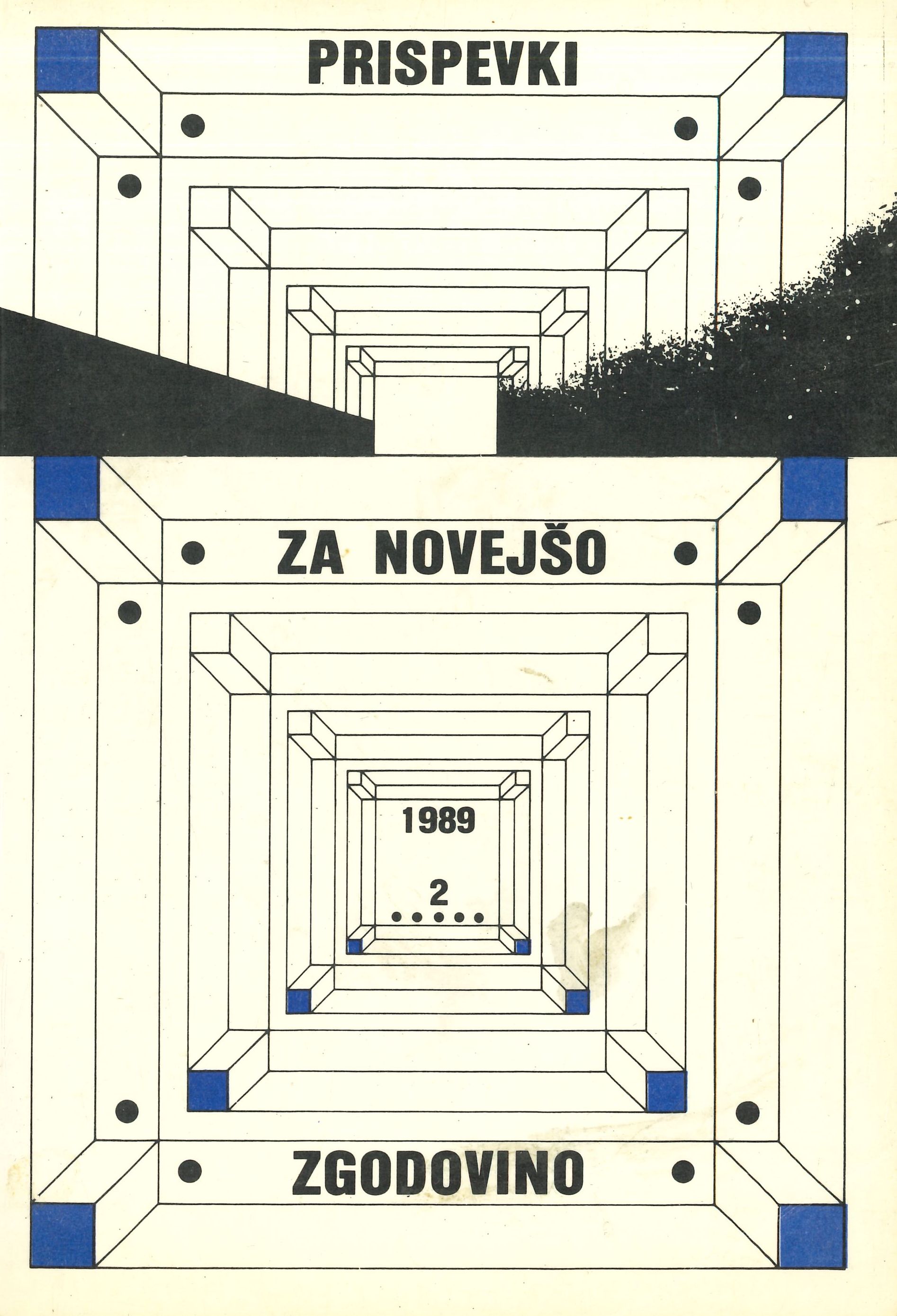Cultural Silence
Keywords:
druga svetovna vojna, Slovenija, okupacija, Komunistična partija Slovenija, kultura, kulturni molkAbstract
The author discusses problems of creative effort in arts and science within the occupied Slovene territory in the period 1941-1945. At the same time, he also analyzes the significance of cultural silence as commanded by the Liberation Front, and tries to find out to what extent Slovene artists followed the call. After the end of World War II, the new authorities squared the accounts with those who did not follow, and attempted to destroy the results of their work. The author approaches the events from two points of view; in the occupied territory, the foreign authorities encouraged creative efforts, while artists, active within the Liberation Front, opposed such efforts and criticized their colleagues who were willing to collaborate with either the occupying forces or local quislings in the cultural sphere.
Downloads
Published
Issue
Section
License
Authors who publish with this journal agree to the following terms:
- Authors retain copyright and grant the journal right of first publication with the work simultaneously licensed under a Creative Commons Attribution License that allows others to share the work with an acknowledgement of the work's authorship and initial publication in this journal.
- Authors are able to enter into separate, additional contractual arrangements for the non-exclusive distribution of the journal's published version of the work (e.g., post it to an institutional repository or publish it in a book), with an acknowledgement of its initial publication in this journal.
- Authors are permitted and encouraged to post their work online (e.g., in institutional repositories or on their website) prior to and during the submission process, as it can lead to productive exchanges, as well as earlier and greater citation of published work (See The Effect of Open Access).


